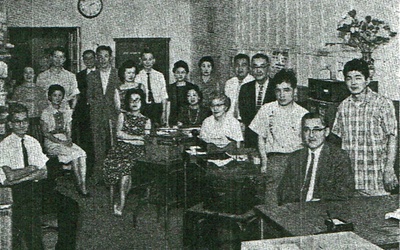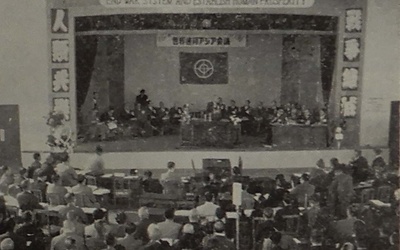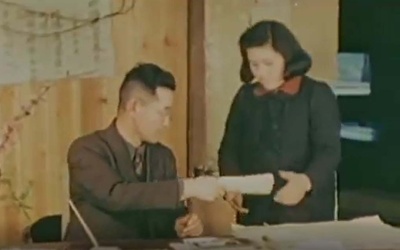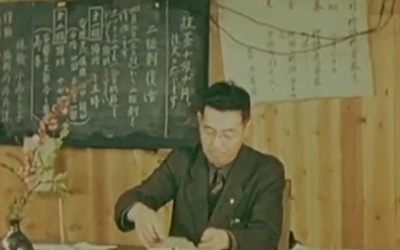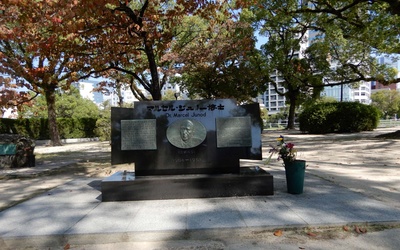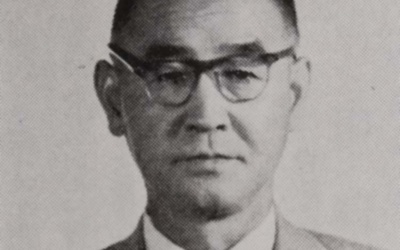The man who collected the records of the first generation: Following in the footsteps of Shinichi Kato

Around 1960, Kato Shinichi drove around the US, visiting the footsteps of the first generation of Japanese immigrants and compiling the results in "A Hundred Years of Japanese Americans in the US: A Record of Their Development." Born in Hiroshima, he moved to California and became a journalist in both Japan and the US around the time of the Pacific War. Although he escaped the atomic bombing, he lost his younger brother and sister, and in his later years he devoted himself to the peace movement. We follow the energetic path of his life, which spanned both Japan and the US.
Stories from this series
#23 Back to America
Oct. 22, 2021 • Ryusuke Kawai
Kato Shinichi, who served as Secretary General of the World Federalist Asian Conference held in Hiroshima in November 1952 and as Secretary General of the Hiroshima Prefectural Headquarters of the United Nations Association of Japan, gave up his position in the peace movement in Japan and returned to the United States in April 1953. As of 1961, his biography from 1953 onwards was as follows: In 1953, he returned to the US as a correspondent for the Sankei Shimbun, and …
Part 22: Working on the peace movement in Hiroshima…
Oct. 8, 2021 • Ryusuke Kawai
At the request of the governor, he also became the prefectural public relations committee chairman. After the outbreak of war between Japan and the United States, Kato Shinichi returned to his hometown of Hiroshima on a Japanese-American exchange ship and became a reporter for the Chugoku Shimbun newspaper, where he was once the deputy editor-in-chief. He was active in many areas, including serving as chairman of the employee union that was established within the company, but left the company in …
#21: Demonstrating his abilities but leaving the company
Sept. 24, 2021 • Ryusuke Kawai
In my previous article, I mentioned that in April 1946, almost eight months after the atomic bomb was dropped on Hiroshima, Kato Shinichi appears in footage of Hiroshima city taken by the U.S. military. The filming was reported in the Chugoku Shimbun newspaper at the time. The April 16th issue of the same year had the headlines "Symbol of Recovery" and "Head Office Makes its National Presentation with Natural Color Film," along with a photo of a man believed to …
#20 In the footage shot in America
Sept. 10, 2021 • Ryusuke Kawai
About a month after the atomic bombing, Kato Shinichi acted as an interpreter and guide for Dr. Marcel Junod, the chief representative of the Red Cross in Japan, who visited Hiroshima. On November 1, he was appointed chief of the political department, and in February of the following year, 1946, he was promoted to deputy chief editor of the Chugoku Shimbun as part of a restructuring of the company's internal structure following a change in president. When I asked Kato's …
Part 19: The Chugoku Shimbun and Kato immediately after the bombing
Aug. 27, 2021 • Ryusuke Kawai
Witnessing the devastation wrought by the atomic bomb on the city of Hiroshima and the people there, and losing his younger brother and sister in the bombing, was the starting point for Kato Shinichi's later dedication to the peace movement. In his diary, which I introduced last time, about his rushing around Hiroshima on the day of the bombing, Kato wrote the following about the deaths of his younger brother and sister. His younger brother Shozo (24 years old at …
#18 Running around on the anniversary of the atomic bombing
Aug. 13, 2021 • Ryusuke Kawai
On August 6, 1945, Shinichi Kato, who was the head of the news department at the Chugoku Shimbun newspaper, was on his way to work near Nishi-Hiroshima Station when he saw the flash of the atomic bomb and immediately headed to the Chugoku Shimbun headquarters in the city. He recorded what he saw and felt at the time, and published it 26 years later in 1971 in the magazine "Creating Peace and Coexistence," which he published as "Walking Through the …

